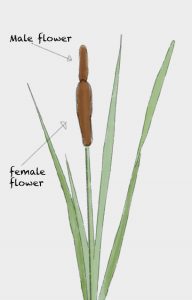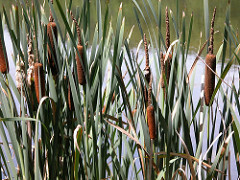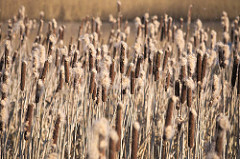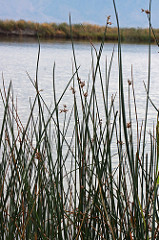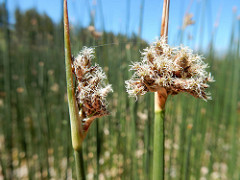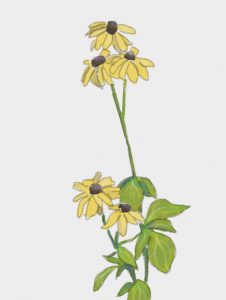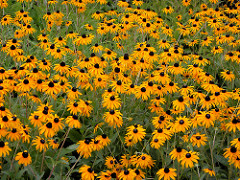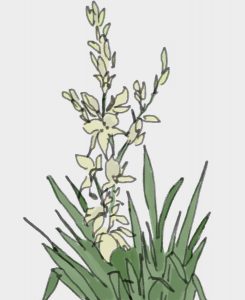 Yucca filamentosa ‘Golden Sword’, Golden Sword yucca
Yucca filamentosa ‘Golden Sword’, Golden Sword yucca
Family: Asperagaceae
Description:
This evergreen yucca is comprised of a rosette of flat, sword-shaped leaves. The variegated form is susceptible to reversion. In summer, creamy bell-shaped flowers emerge along a central stalk, reaching 6-feet in height. Flowers are lightly fragrant and only pollinated by the yucca moth, which does not live in the Vancouver region. It will, however, spread aggressively by rhizomes.
Growing conditions:
This species is best in full-sun, tolerating dry spells. It can tolerate moisture, as long as it is planted in a sunny location with well-drained soil.
Suitable uses:
Because this is a prone to spread, it is best to plant this in a contained environment, such as a median, container, or traffic circle.

CC Image courtesy of biggest_toes on Flickr


